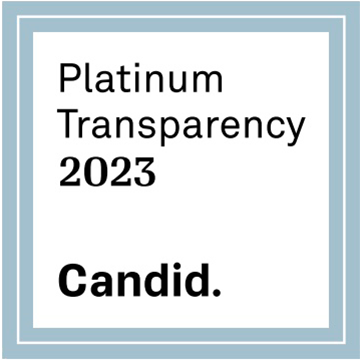Local Land Use Planning Toolbox
Subdivision (or land division) approval is required when a parcel of raw land is divided into lots for development. Land subdivision is designed to ensure that the lots have adequate streets and utilities, and that the development avoids sensitive lands such as floodplains and steep slopes.
A housing subdivision on the outskirts of the Phoenix metro area in Arizona.
Raw land divided for multi-family, commercial, mixed use, industrial, or institutional use, may require both subdivision and then site plan approval.
Subdivision regulations differ from zoning regulations in that they address the quality of the development, such as layout of the site. When properly administered, subdivision regulations can be more useful in achieving planning goals than zoning ordinances. Site development standards set conditions for water use and for how development will happen.
Subdivision control ordinances may give a community its only opportunity to ensure that new neighborhoods are properly designed.
Zoning and subdivision regulations are interconnected; zoning approval often proceeds concurrently with subdivision approval. To be effective, subdivision regulations must be integrated with other local government plans, policies, and ordinances.
The process for a large development typically involves a master development plan (MDP), negotiated between the developer and community planners, that includes general development features and policies as well as population and water use projections. This process can be contentious, but it provides a critical opportunity for a city or town to advance its community goals and discuss water resource and conservation issues. If the development proceeds as a Planned Unit Development (PUD) composed of a single planning district, there is additional flexibility and opportunity to negotiate as the development plans proceed. If there are substantive changes, it can trigger a review of the MDP. Once plans are approved, the process proceeds to subdivision platting, at which time there is little flexibility to modify the development components and no public hearing is required.
Planning and zoning commissions, which review and approve new developments, may not be aware of water conservation features and other innovations that can be incorporated into subdivisions and may need to be informed about new advances in land use planning.
Subdivision regulations can include requirements for:



